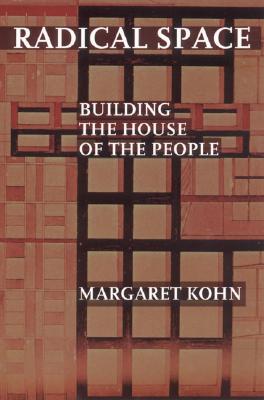Epoch-making political events are often remembered for their spatial markers: the fall of the Berlin Wall, the storming of the Bastille, the occupation of Tiananmen Square: . Until recently, however, political theory has overlooked the power of place. In Radical Space, Margaret Kohn puts space at the center of democratic theory. Kohn examines different sites of working-class mobilization in Europe and explains how these sites destabilized the existing patterns of social life, economic activity, and political participation. Her approach suggests new ways to understand the popular public sphere of the early twentieth century.This book imaginatively integrates a range of sources, including critical theory, social history, and spatial analysis. Drawing on the historical record of cooperatives, houses of the people, and chambers of labor, Kohn shows how the built environment shaped people's actions, identities, and political behavior. She illustrates how the symbolic and social dimensions of these places were mobilized as resources for resisting oppressive political relations. The author shows that while many such sites of resistance were destroyed under fascism, they created geographies of popular power that endure to the present.

Epoch-making political events are often remembered for their spatial markers: the fall of the Berlin Wall, the storming of the Bastille, the occupation of Tiananmen Square: . Until recently, however, political theory has overlooked the power of place. In Radical Space, Margaret Kohn puts space at the center of democratic theory. Kohn examines different sites of working-class mobilization in Europe and explains how these sites destabilized the existing patterns of social life, economic activity, and political participation. Her approach suggests new ways to understand the popular public sphere of the early twentieth century.This book imaginatively integrates a range of sources, including critical theory, social history, and spatial analysis. Drawing on the historical record of cooperatives, houses of the people, and chambers of labor, Kohn shows how the built environment shaped people's actions, identities, and political behavior. She illustrates how the symbolic and social dimensions of these places were mobilized as resources for resisting oppressive political relations. The author shows that while many such sites of resistance were destroyed under fascism, they created geographies of popular power that endure to the present.